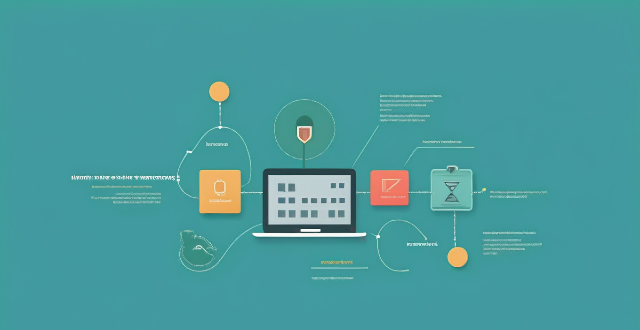This article discusses strategies to make public transportation more affordable for low-income individuals and families, including discounted fares for senior citizens, students, and low-income households; integrated ticketing systems with multimodal tickets and time-based pricing; community partnerships with employers and nonprofit organizations; and government funding and subsidies from federal, local, and private sector sources. The conclusion emphasizes the importance of collaboration between policymakers, transit agencies, and community organizations in creating a comprehensive approach to improve access to essential services and opportunities for these populations.

Making Public Transportation More Affordable for Low-Income Individuals and Families
Introduction
Public transportation is a crucial aspect of urban life, providing mobility and access to essential services for millions of people. However, the cost of public transportation can be a significant burden for low-income individuals and families, limiting their ability to access jobs, education, healthcare, and other vital resources. In this article, we will explore strategies to make public transportation more affordable for these populations.
Key Strategies
Discounted Fares
Senior Citizen Discounts
- Age-Based Discounts: Offer reduced fares for senior citizens based on age criteria set by local transit agencies.
- Senior Citizen ID Cards: Issue ID cards specifically for seniors that entitle them to discounted fares across all modes of public transportation.
Student Discounts
- Reduced Fare Programs: Implement reduced fare programs for students enrolled in primary or secondary education.
- Universal Access Passes: Provide universal access passes to all students, regardless of income level, ensuring equitable access to public transportation.
Low-Income Discounts
- Income-Based Discounts: Offer discounted fares based on household income levels, with lower-income individuals receiving larger discounts.
- Earned Income Tax Credit (EITC): Link public transportation discounts to the EITC program, allowing eligible low-income taxpayers to receive additional benefits.
Integrated Ticketing Systems
Multimodal Tickets
- Unlimited Ride Passes: Introduce unlimited ride passes that allow passengers to use multiple modes of public transportation within a specified time frame.
- Transfer Discounts: Implement transfer discounts between different modes of public transportation to encourage seamless travel and reduce overall costs.
Time-Based Pricing
- Off-Peak Discounts: Offer discounted fares during off-peak hours to incentivize riders to travel outside of peak periods.
- Day Passes: Introduce day passes that provide unlimited access to public transportation services within a 24-hour period.
Community Partnerships
Employer Partnerships
- Commute Benefits: Partner with employers to offer pre-tax commute benefits, allowing employees to save money on public transportation expenses.
- Transit Oriented Development: Collaborate with developers to create mixed-use developments near public transportation hubs, reducing commuting distances and associated costs.
Nonprofit Organizations
- Discounted Fare Programs: Work with nonprofit organizations to provide discounted fare programs for their clients, such as low-income families or individuals with disabilities.
- Outreach and Education: Partner with community organizations to educate low-income populations about available public transportation options and how to access them affordably.
Government Funding and Subsidies
Federal Funding
- Federal Transit Administration (FTA) Grants: Apply for FTA grants to fund projects aimed at improving public transportation accessibility and affordability for low-income populations.
- American Rescue Plan Act (ARPA) Funds: Allocate ARPA funds towards public transportation initiatives that benefit low-income communities.
Local Funding
- Property Tax Exemptions: Provide property tax exemptions or rebates for low-income households to offset the cost of public transportation.
- Sales Tax Incentives: Offer sales tax incentives for purchasing monthly or annual public transportation passes.
Private Sector Funding
- Corporate Sponsorships: Seek corporate sponsorships to support public transportation initiatives targeting low-income populations.
- Philanthropic Donations: Encourage philanthropic donations from individuals and organizations to support affordable public transportation options.
Conclusion
By implementing these key strategies, we can make public transportation more affordable for low-income individuals and families, enhancing their access to essential services and opportunities. It is crucial for policymakers, transit agencies, and community organizations to work together to create a comprehensive approach that addresses the unique needs of these populations and promotes equitable access to public transportation.